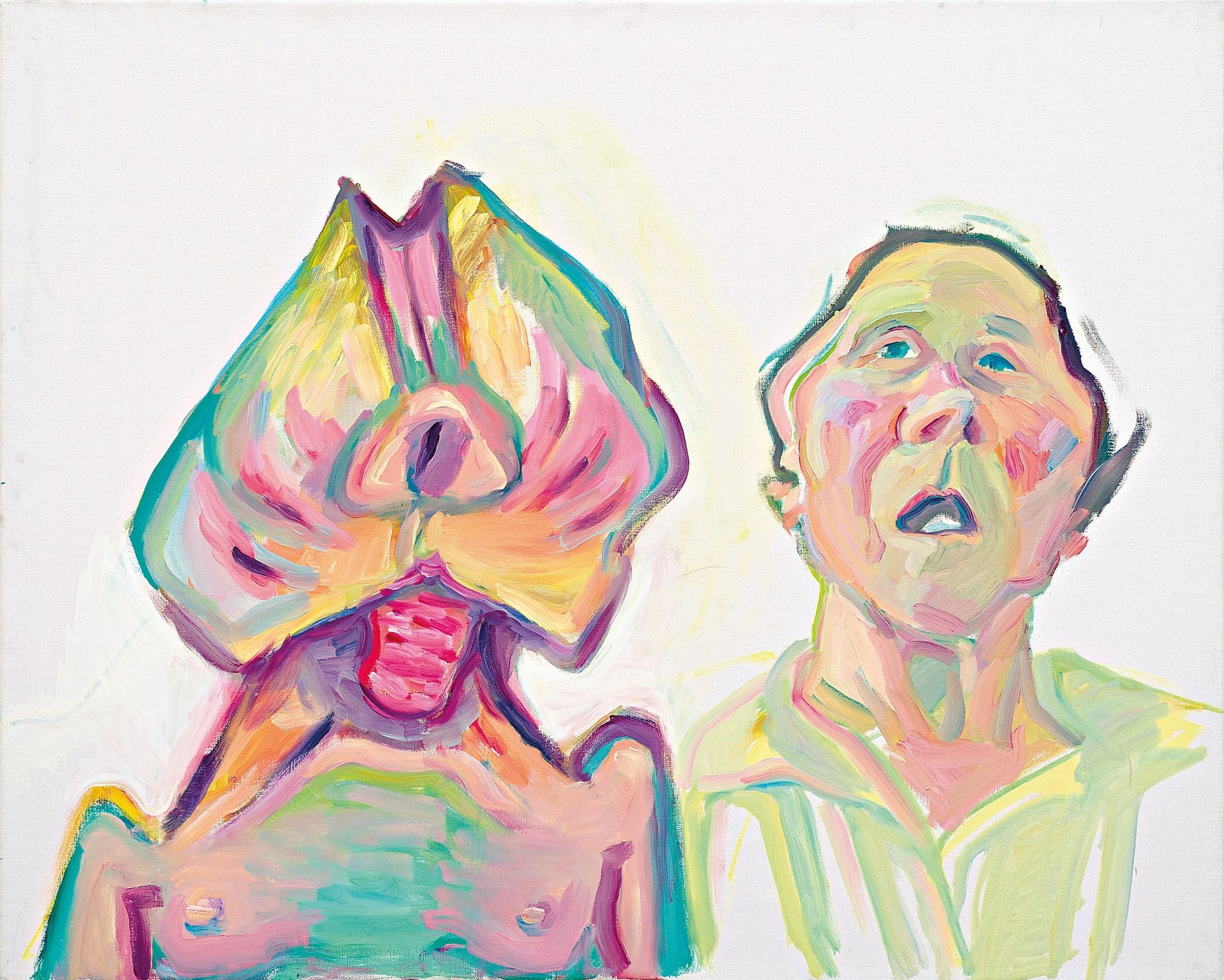Elizabeth Price: in a Dream You Saw a Way to Survive and You Were Full of Joy, The Whitworth, Manchester (until 31 October)
Art history—and indeed human civilisation—is littered with images of reclining bodies. Here is yet more proof that artists are often the very best curators. The 2012 Turner Prize winner Elizabeth Price stages what she calls an “austere melodrama”. It presents the recumbent human form and examines the meanings and significance of the theme of horizontality across media and millennia.
The show is arranged in four sections loosely devoted to images of sleeping, working, mourning and dancing. Works range from Carl Andre’s Equivalent VIII to a medieval tomb, and Jo Spence’s floating self-portrait to the Lumière Brothers’s magical hand-coloured 1899 film of the dancer Loie Fuller’s Serpentine Dance. It’s a glorious show with a trove of visual and conceptual riches.

Francis Bacon: Invisible Rooms, and Maria Lassnig, Tate Liverpool (both until 18 September)
An unmissable double whammy of two of the 20th—and in the case of Lassnig 21st—century’s most important painters. But while it is always a treat to see so many early Bacons, especially from the magnificent 1950s Man in Blue series, and so many rare and properly authenticated drawings, it is the work of Maria Lassnig that is an utter knockout.
This important, beautifully curated survey charts Lassnig’s 70-year career from the early 1940s up to her death in 2014. In a parade of vivid and often excruciatingly unflinching self-portraits and body studies, we see the evolution and expansion of her unmistakable and utterly original voice.

The Neo Naturists, Studio Voltaire, London (until 28 August)
Just a few more weeks to see this excellent celebration of the performance art collective who provided an exuberantly irreverent and unashamedly female antidote to the sharp-edged, po-faced thrustingly macho capitalist climate of the Thatcherite 1980s—in the interests of full disclosure, I have to say I wrote the essay for the exhibition publication.
The Voltaire show offers a dynamic record of the Neo Naturists’s creative energy from projected films to paintings, pottery and cases of ephemera. There are also recent body prints made by the founding NNs trio directly onto the gallery walls.
The NNs painted their bodies to become living artworks and enacted elaborate ritualistic performances in London venues ranging from the Blitz nightclub to the British Museum and the fountains of Centre Point. They were a good-natured counterpoint to the immaculately coiffed and slickly maquillaged posing of the post-punk and New Romantic club scene in which they also played a central role. With so many unappealing 1980s values currently making an ominous comeback, a Neo Naturists revival is especially timely.

Ragnar Kjartansson, Barbican Art Gallery, London (until 4 September)
It seems at first as if the Barbican’s downstairs gallery has been converted into a rather elegant squat. Ten partially clad young men lounge around on mattresses and shabby armchairs, languidly singing and strumming guitars. Yet here, as in so much of the work of this amiable Icelandic provocateur, appearances are deceptive.
In fact, the assembled slackers are repetitively and exhaustingly intoning the script of the embracing soft-focus couple who appear on an overhead wall projection. The pair also turn out to be the artist’s real parents, acting in Iceland’s first feature film back in the 1970s.
Throughout Kjartansson’s films, paintings, drawings and installations that fill the Barbican, fact, fiction, friends and family combine often unexpectedly with lashings of music and a liberal dose of comic self-deprecation. The result is one of the summer’s most enjoyable and intriguing shows.


